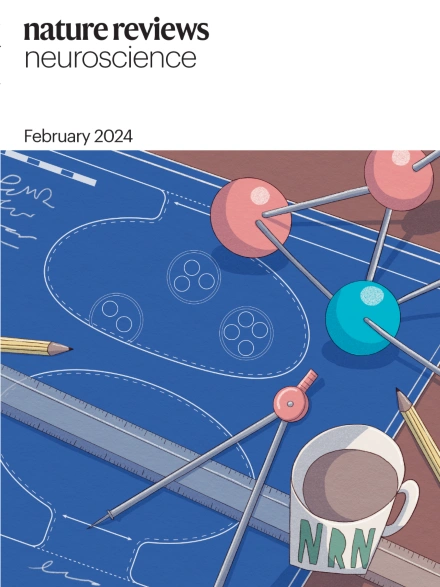滑膜关节中的干细胞和祖细胞作为再生治疗的靶点
IF 32.7
1区 医学
Q1 RHEUMATOLOGY
引用次数: 0
摘要
在风湿病中,由于创伤、退行性变或炎症而造成的关节软骨、肌腱、韧带和关节窝损伤是很普遍的。再生医学为修复受损组织提供了有希望的策略,其目的是恢复其结构和功能。虽然这些策略传统上依赖于使用外源性细胞的组织工程方法,但基于激活内源性修复机制的干预是一个有吸引力的选择。推进这些方法的关键是全面了解成人滑膜关节中干细胞和祖细胞的多样性以及它们如何修复受损组织的功能。发育生物学的进步为理解这些细胞的起源、身份和功能提供了一个视角,并揭示了干细胞和祖细胞在关节组织修复中的作用,以及它们与成纤维细胞的复杂关系。整合通过使用先进的单细胞技术研究获得的知识对于建立细胞群体、谱系等级及其分子调控的统一模型至关重要。最终,更全面地了解细胞如何在成人生活中修复组织将指导创新的促再生药物的发展,这些药物将进入肌肉骨骼医学的临床实践。本文章由计算机程序翻译,如有差异,请以英文原文为准。


Stem and progenitor cells in the synovial joint as targets for regenerative therapy
Damage to articular cartilage, tendons, ligaments and entheses as a result of trauma, degeneration or inflammation in rheumatic diseases is prevalent. Regenerative medicine offers promising strategies for repairing damaged tissues, with the aim of restoring both their structure and function. While these strategies have traditionally relied on tissue engineering approaches using exogenous cells, interventions based on the activation of endogenous repair mechanisms are an attractive alternative. Key to advancing such approaches is a comprehensive understanding of the diversity of the stem and progenitor cells that reside in the adult synovial joint and how they function to repair damaged tissues. Advances in developmental biology have provided a lens through which to understand the origins, identities and functions of these cells, and insights into the roles of stem and progenitor cells in joint tissue repair, as well as their complex relationship with fibroblasts, have emerged. Integration of knowledge obtained through studies using advanced single-cell technologies will be crucial to establishing unified models of cell populations, lineage hierarchies and their molecular regulation. Ultimately, a more complete understanding of how cells repair tissues in adult life will guide the development of innovative pro-regenerative drugs, which are poised to enter clinical practice in musculoskeletal medicine. Stem and progenitor cells that contribute to tissue repair reside within various niches in the synovial joints of adult mammals. Understanding of the origins, identities and functions of these cells will guide the development of pro-regenerative therapeutic strategies.
求助全文
通过发布文献求助,成功后即可免费获取论文全文。
去求助
来源期刊

Nature Reviews Rheumatology
医学-风湿病学
CiteScore
29.90
自引率
0.90%
发文量
137
审稿时长
6-12 weeks
期刊介绍:
Nature Reviews Rheumatology is part of the Nature Reviews portfolio of journals. The journal scope covers the entire spectrum of rheumatology research. We ensure that our articles are accessible to the widest possible audience.
 求助内容:
求助内容: 应助结果提醒方式:
应助结果提醒方式:


